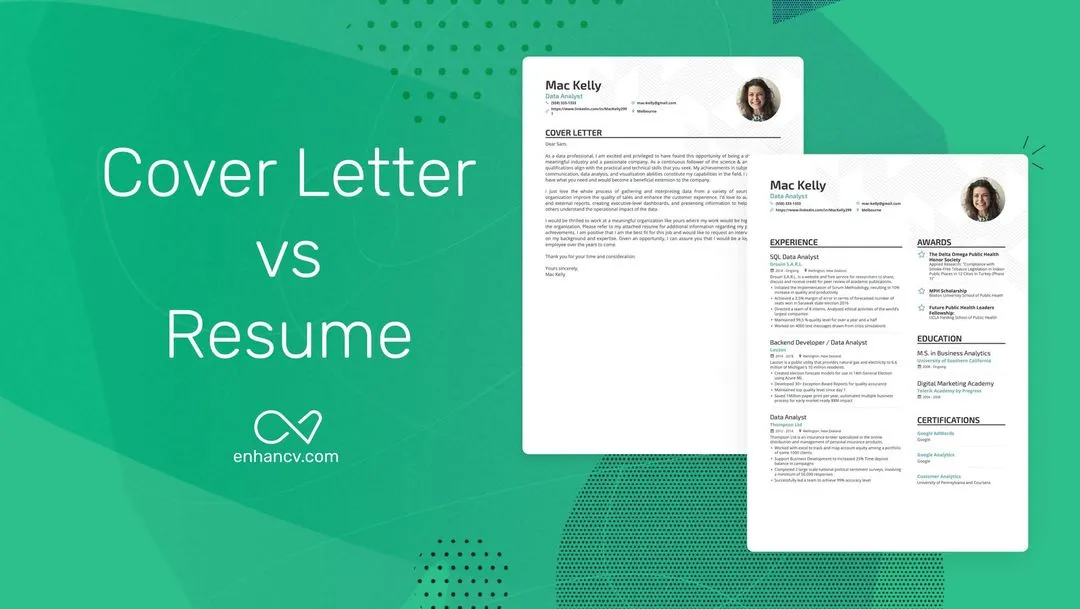Resume vs Cover Letter Top 5 Differences
Navigating the job search process can be challenging, especially when it comes to understanding the roles of a resume and a cover letter. These two documents are often submitted together, yet they serve distinct purposes and require different approaches. Knowing the key differences between a resume and a cover letter is crucial for crafting a compelling application that captures the attention of potential employers. Understanding how these documents complement each other and highlighting your skills and experience effectively can significantly increase your chances of landing an interview and ultimately securing your dream job. This article provides a clear and concise comparison of the two documents, helping you to differentiate them and use them to your advantage.
Purpose & Function
The primary difference between a resume and a cover letter lies in their fundamental purpose. Each document serves a unique function in the job application process. Recognizing these core differences helps in tailoring your application to maximize impact. The resume provides a snapshot of your professional history and qualifications, while the cover letter acts as a personal introduction and a tool to connect your experiences to the specific job you are applying for. Both documents are essential, but their roles and objectives differ significantly.
Resume’s Primary Goal
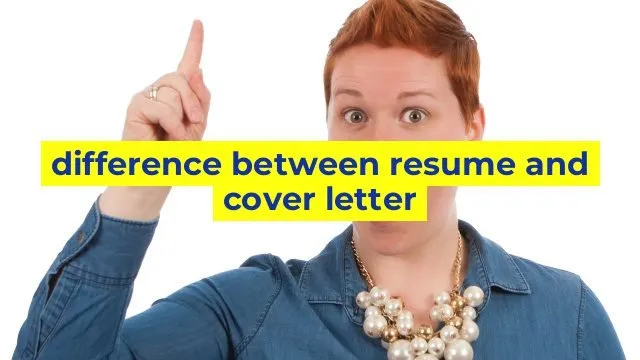
The resume’s primary goal is to present a concise overview of your work history, skills, education, and achievements. Its function is to quickly inform a potential employer about your qualifications and suitability for a position. A well-crafted resume should be easy to read, providing key information at a glance. It should highlight relevant experience and quantifiable accomplishments that demonstrate your capabilities. Think of your resume as a marketing document that is designed to grab the attention of the hiring manager and prompt them to learn more about you by reading your cover letter and contacting you for an interview. (resume-purpose)
Cover Letter’s Primary Goal
The cover letter’s primary goal is to introduce you, express your interest in the position, and explain why you are the perfect fit for the role and the company. It serves as a personal introduction that provides context to your resume. The cover letter allows you to expand on your skills and experiences, connecting them to the specific requirements of the job description. It should showcase your personality, writing skills, and your genuine enthusiasm for the opportunity. The cover letter is your chance to create a first impression and to sell yourself to the employer. (cover-letter-purpose)
Content & Scope
The content and scope of a resume and cover letter differ significantly. Understanding the key elements of each document is crucial for structuring your application effectively. A resume typically focuses on factual information presented in a concise, bulleted format. The cover letter, on the other hand, allows for a more narrative approach, enabling you to tell a story about your qualifications and career aspirations. Knowing what to include in each document will allow you to create a more effective application.
Resume Content Breakdown
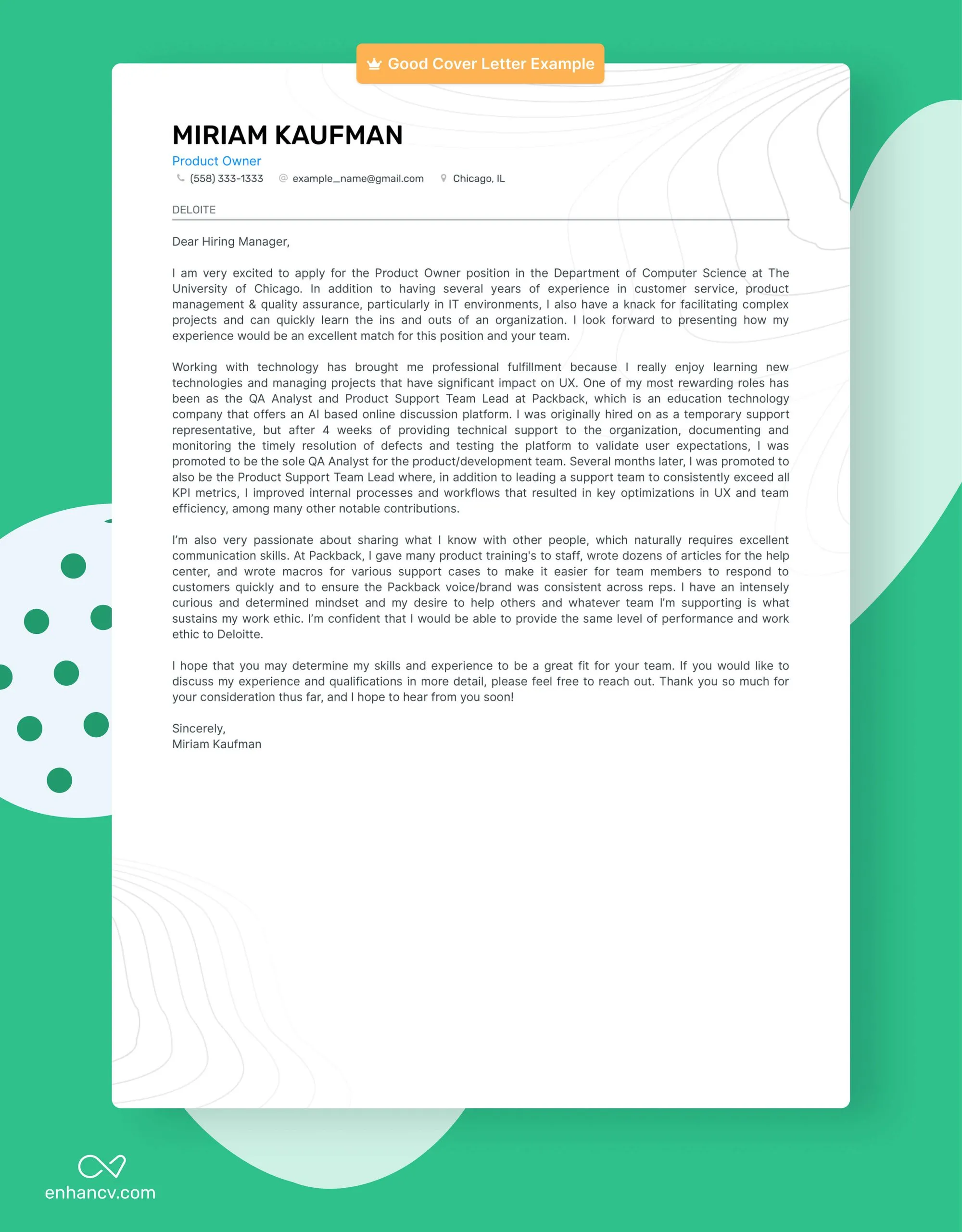
A resume should include the following key sections contact information, a professional summary or objective, work experience, education, skills, and any relevant awards or certifications. Each section should be structured logically, with work experience typically listed in reverse chronological order. The focus should be on highlighting quantifiable achievements and using action verbs to describe your responsibilities and accomplishments. Skills should be clearly listed, emphasizing the technical and soft skills that make you a strong candidate. The resume should be easy to scan and tailored to match the job description as closely as possible. (resume-content)
Cover Letter Content Overview
A cover letter typically consists of an introductory paragraph, one or two body paragraphs, and a concluding paragraph. The introduction should state the position you are applying for and how you learned about the opportunity. The body paragraphs should highlight relevant skills and experiences, connecting them directly to the job requirements. Use specific examples and stories to illustrate your accomplishments and demonstrate your fit for the role. The conclusion should reiterate your interest in the position and express your eagerness for an interview. The cover letter should show a strong understanding of the company and the role you are applying for. (cover-letter-content)
Length & Format
The recommended length and format of a resume and a cover letter are another crucial difference. Adhering to these guidelines ensures that your application is easily readable and professional. Overly long documents can overwhelm recruiters, while those that are too short may not provide enough information. The format of each document should also be professional and consistent, reflecting your attention to detail and organizational skills.
Resume Length Guidelines
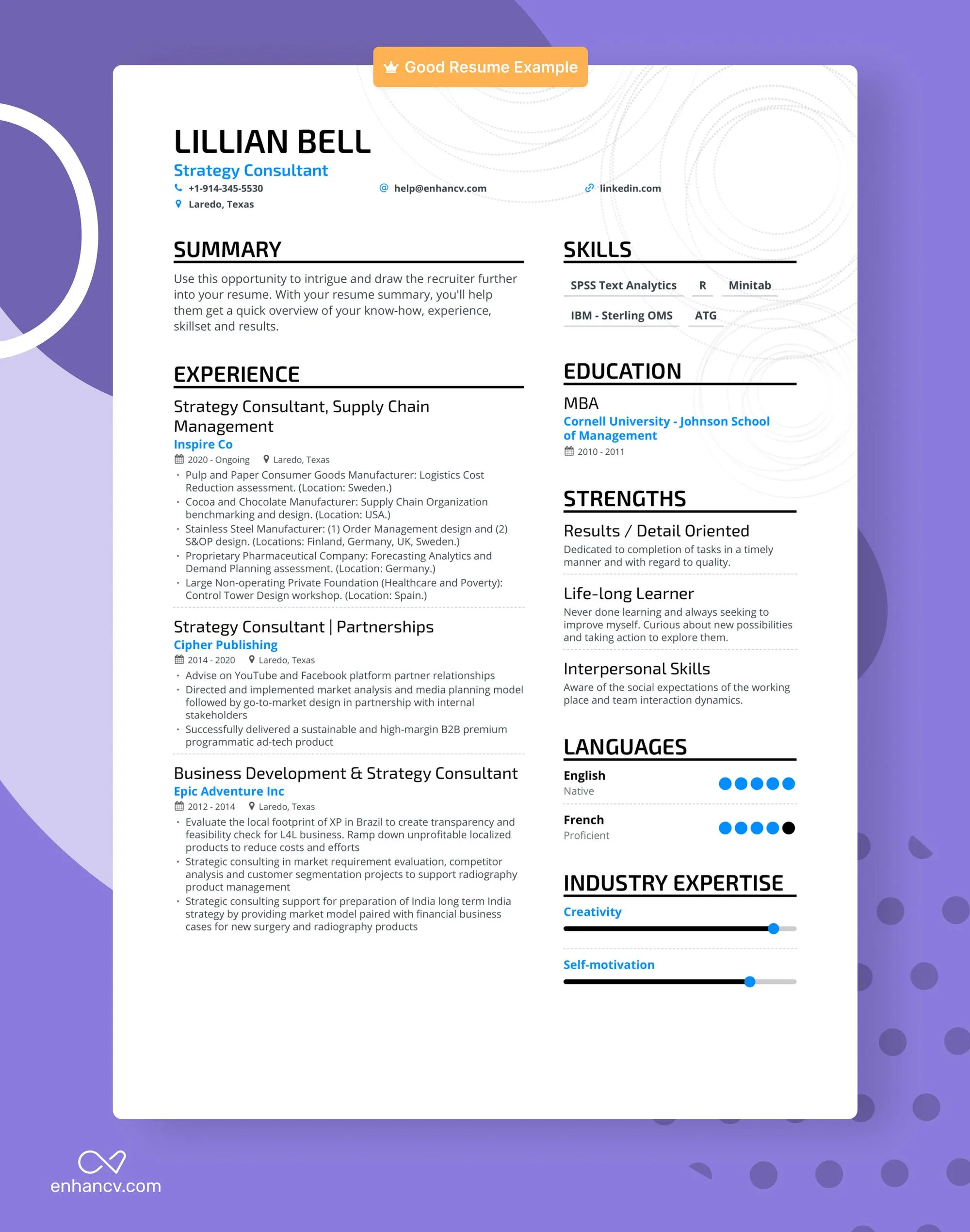
Generally, a resume should be one to two pages long, depending on your experience. Entry-level candidates or those with less experience should typically aim for a one-page resume. Professionals with extensive experience may use a two-page resume, ensuring that the most relevant information is presented at the beginning. Keep the formatting consistent and easy to read, with clear headings and bullet points. Use a professional font and adequate margins to create a visually appealing document. (resume-length)
Cover Letter Length Considerations
A cover letter should ideally be one page long, divided into three to four paragraphs. It should be concise and focused, highlighting the most important aspects of your candidacy. Avoid using overly long paragraphs or verbose language. The goal is to capture the reader’s attention and encourage them to review your resume. Be sure to use a professional font and maintain consistent formatting with your resume. Keep the tone enthusiastic and engaging to create a positive impression. (cover-letter-length)
Audience & Delivery
The audience and delivery methods of a resume and cover letter also differ. Understanding who you are addressing and how these documents are delivered is essential for maximizing their impact. Both documents are typically sent to a hiring manager or recruiter, but the approach and delivery methods can vary based on the specific job application process.
Resume Delivery Methods
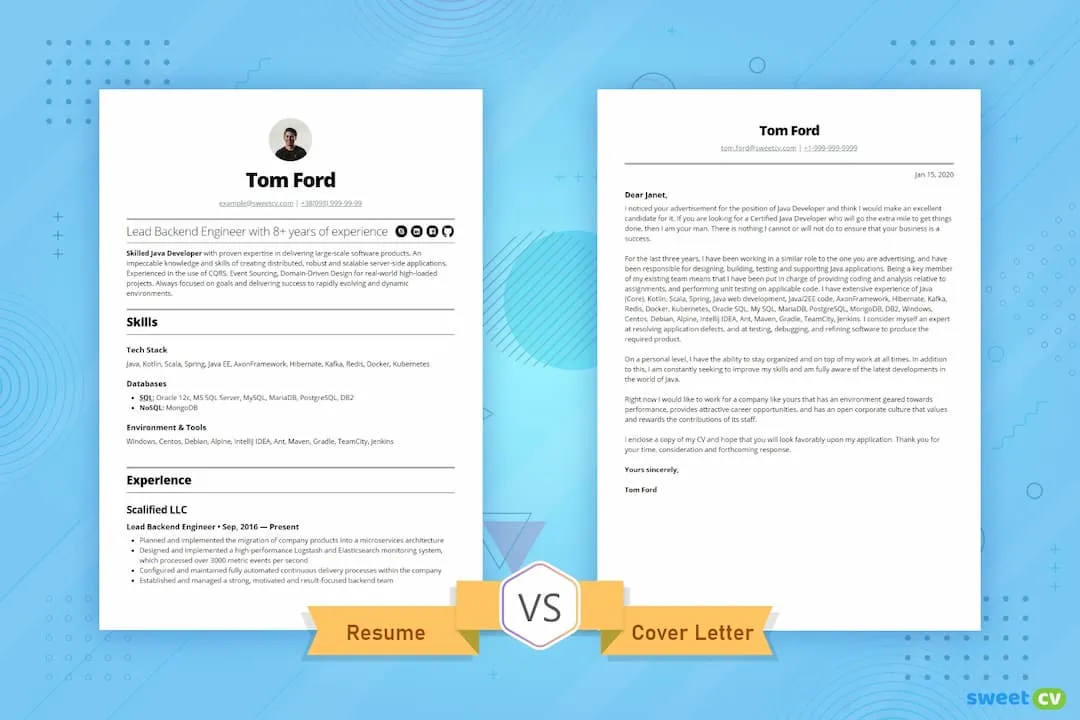
Resumes are typically submitted electronically, often as a PDF or Word document, through online application portals or directly to an email address. Tailor your resume to the specific job you are applying for and customize it to showcase the relevant skills and experiences. Ensure your resume is free of errors and easy to read, since recruiters often scan resumes quickly. When submitting your resume, always include your cover letter to provide additional context. (resume-delivery)
Cover Letter Delivery Strategies
Cover letters are usually submitted with your resume. The cover letter should be personalized to the specific hiring manager or recruiter, if possible. Address the letter to the individual named in the job posting, or use a generic greeting if a specific name is not provided. The cover letter should be well-written and proofread, and it should complement the information in your resume. Always proofread both documents before submitting them to ensure they are free from any grammatical errors or typos.
Emphasis & Focus
The emphasis and focus of a resume and cover letter also differ. The resume provides a factual overview of your qualifications, while the cover letter allows you to highlight specific achievements and connect them to the job requirements. Understanding these differences helps you tailor each document to maximize its impact on the hiring manager or recruiter.
Resume Emphasis & Focus
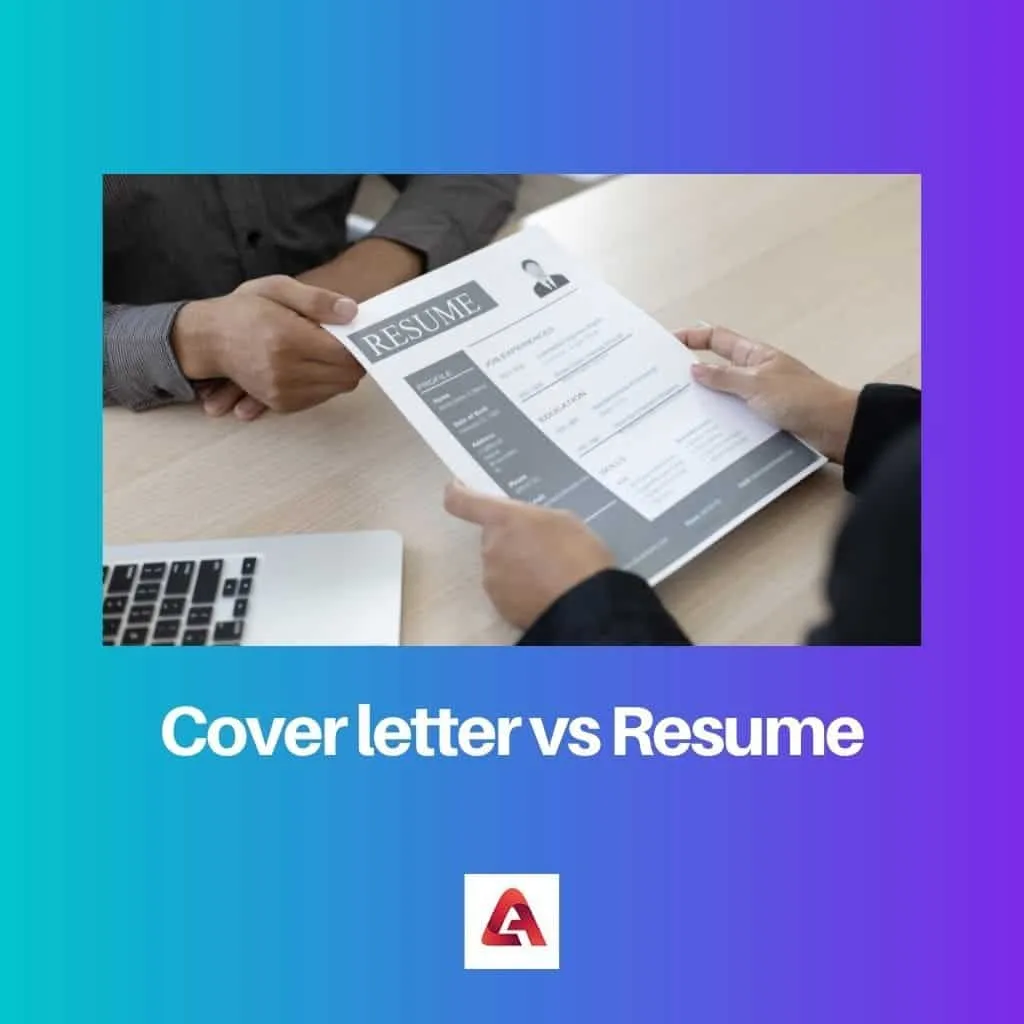
A resume emphasizes your skills, experience, education, and accomplishments. It should focus on what you have done and what you have achieved. Use strong action verbs to describe your responsibilities and provide quantifiable results wherever possible. The resume should be tailored to match the keywords and requirements of the job description. The goal is to highlight your qualifications and make you a strong candidate at a glance. The emphasis is on providing a clear, concise overview of your professional history.
Cover Letter Emphasis & Focus
The cover letter emphasizes your interest in the position, your understanding of the company, and your ability to meet the job requirements. The focus should be on connecting your skills and experiences to the specific needs of the role. Highlight achievements that demonstrate your value and use specific examples to support your claims. The cover letter is your opportunity to tell a story and to showcase your personality and enthusiasm for the opportunity. It’s where you demonstrate how your experience aligns with their needs.
In conclusion, a resume and a cover letter serve distinct but complementary purposes in the job application process. The resume provides a concise overview of your qualifications, while the cover letter offers a personal introduction and explains why you are a strong fit for the job. By understanding these key differences and tailoring each document accordingly, you can significantly improve your chances of landing an interview and securing your desired position. Always remember to proofread both documents and customize them to match the specific requirements of the job you are applying for.
